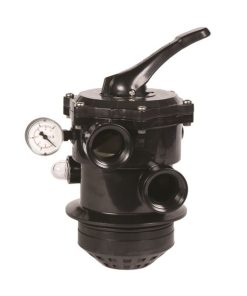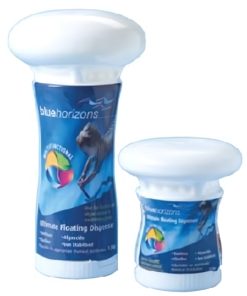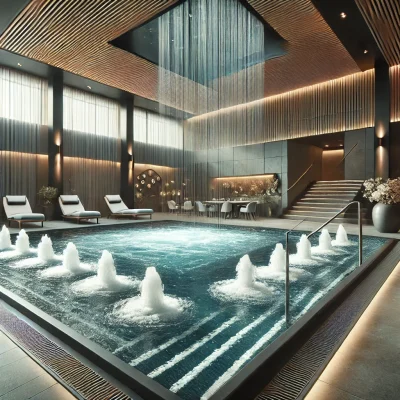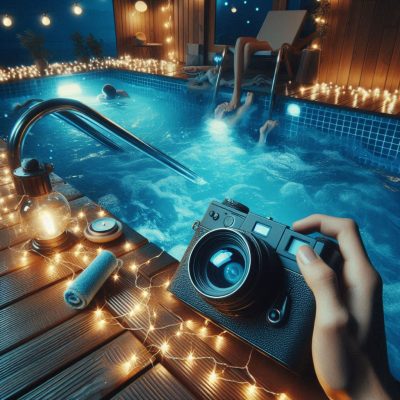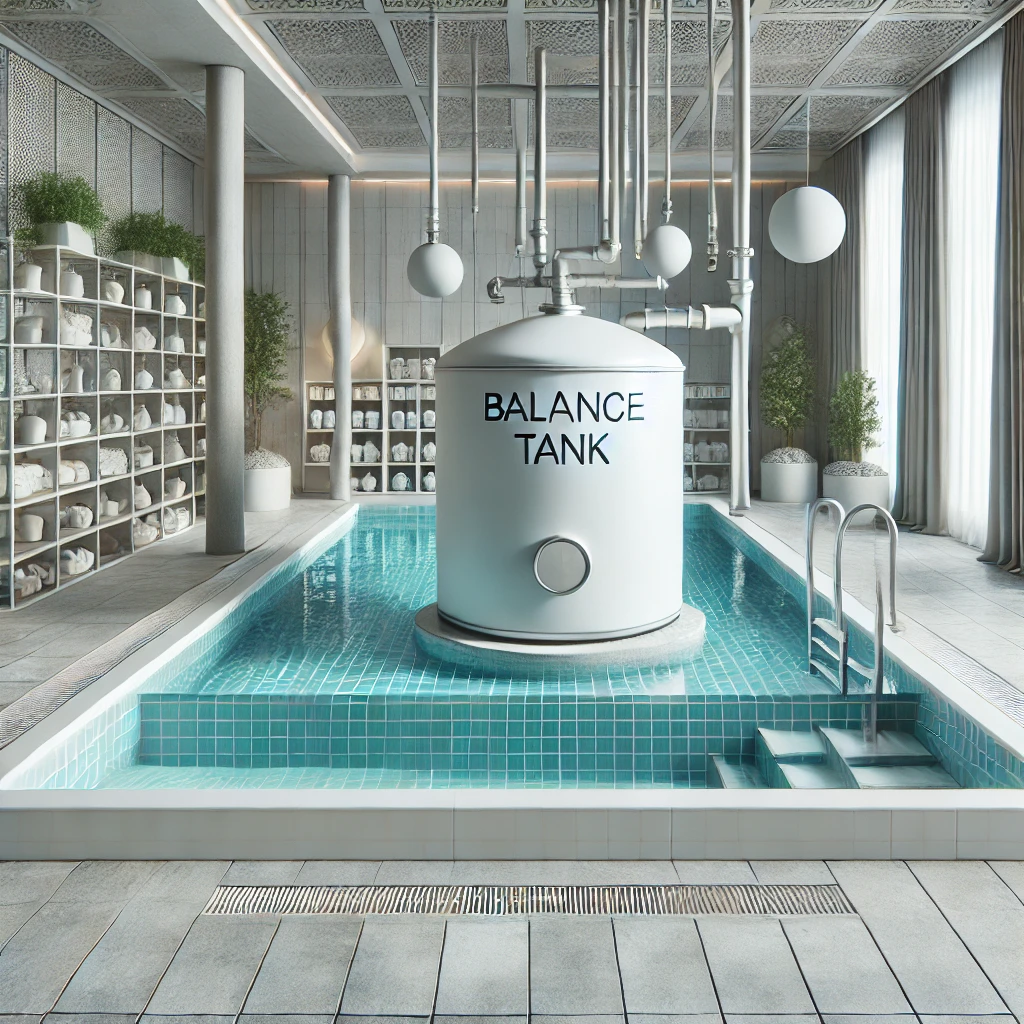Hottub, Swimming Pool
Managing Microbiological Hazards in Spa Pools: A Proactive Approach
Managing Microbiological Hazards in Spa Pools: A Proactive Approach
The relaxation and therapeutic advantages of spa pools exist alongside potential microbiological safety risks. The proper care of spa environments is crucial to prevent the growth of dangerous bacteria including Legionella. This post uses HSE document HSG282 [1, 7] to outline proactive measures for risk management.
Sources of Microbiological Hazards
The main origin of microbiological threats in spa pools exists through [7]:
The act of bathing creates entry of mucus, saliva, sweat, dead skin cells as well as suntan lotions and urine into the spa [7].
External Sources: The source water, atmosphere, and surrounding surfaces can all introduce microorganisms [7].
Common Microbiological Hazards
The presence of multiple microbial agents creates dangers in spa pool environments according to [4, 8, 57, 58].
Legionella pneumophila represents the main source of Legionnaires’ disease but other Legionella species can also lead to sickness. [4, 57].
The detection of E. coli alongside coliform bacteria reveals faecal contamination while indicating treatment system failure. The presence of coliform bacteria also reveals external contaminants [59].
Pseudomonas aeruginosa exists as a bacterium which leads to folliculitis which is a red rash from hair follicle infections [60].
Mycobacterium avium and other Mycobacterium species: These bacteria can cause respiratory illnesses [58].
Other Infections: Amoebal, parasitic, gastrointestinal infections, furunculosis, and Molluscum contagiosum can also be contracted from poorly maintained spa pools [58].
Factors Influencing Microbial Growth
The following factors promote microbial growth within spa pools [4, 61]:
Temperature: The suitable temperature zone for both Legionella bacteria and other microorganisms exists within the range of 20–45°C [4, 61].
Nutrients: Organic matter from bathers and the environment provide the nutrients for microbial growth [7, 61].
Aerosols: The production of aerosols by spa jets can spread bacteria [5, 61].
Managing Microbiological Hazards
Several methods form the foundation for effective management of microbiological hazards [20]:
Proper Design: The spa pool construction should be planned to avoid bacterial multiplication [10, 62].
Water Treatment: Proper filtration and chemical disinfection methods serve to control microbial development [45, 63].
Regular Cleaning: Regular spa pool cleaning alongside filter cleaning and balance tank cleaning as well as surrounding area cleaning remains crucial [16, 21].
Water Replacement: The replacement of spa pool water needs to be done at regular times to eliminate substances and stop water from becoming stagnant [22].
Monitoring: The water should be tested often to check its pH levels together with disinfectant concentration and microbial presence [30].
Specific Actions
Here are some specific steps you can take to manage microbiological hazards [16]:
Disinfection: Use appropriate disinfectants such as chlorine or bromine, and maintain appropriate levels [16, 64].
Water Balance: The water pH should stay between 7.0-7.6 while total dissolved solids (TDS) should not exceed 1000mg/l more than the initial water content [29, 33].
Bather Hygiene: The pool requires users to take showers before pool entry while prohibiting the use of sun tan lotions or skin creams [65, 66].
Filter Maintenance: A regular backwash or chemical filter cleaning followed by proper drying and replacement is essential for the maintenance of filters [24, 25].
Emergency Plan: A prepared emergency plan must be in place for dealing with extreme spa pool contamination situations [67, 68].
Key Takeaway
The proper control of microbiological hazards remains essential for maintaining safety standards in spa pool environments. The combination of proper pool maintenance alongside regular inspection will create a protective barrier against microbial health dangers.
Keywords: Spa Microbiological Hazards, Hot Tub Bacteria, Legionella Control, Waterborne Diseases, Pool Safety, Spa Disinfection
FAQs
What are the main sources of microbial contamination in spa pools?
Bathers along with external contaminants that stem from source water and atmospheric elements constitute the primary sources of contamination [7].
What are the most common bacteria found in spa pools?
The bacteria Legionella together with coliforms, E. coli and Pseudomonas aeruginosa are among the most frequently detected bacteria in spa pools [57, 59, 60].
What measures should I implement to control microbial growth in my spa pool?
The control of microbial growth requires correct water treatment approaches with disinfection practices and routine cleaning activities and periodic water exchange [16, 20, 22].What is the ideal temperature for microbial growth in spa pools?
The water temperature range from 20-45°C is suitable for microbial growth [4].
What should I do if I suspect contamination?
The spa pool needs immediate closure for suspected contamination followed by thorough cleaning and disinfection procedures before retesting [39, 68].


